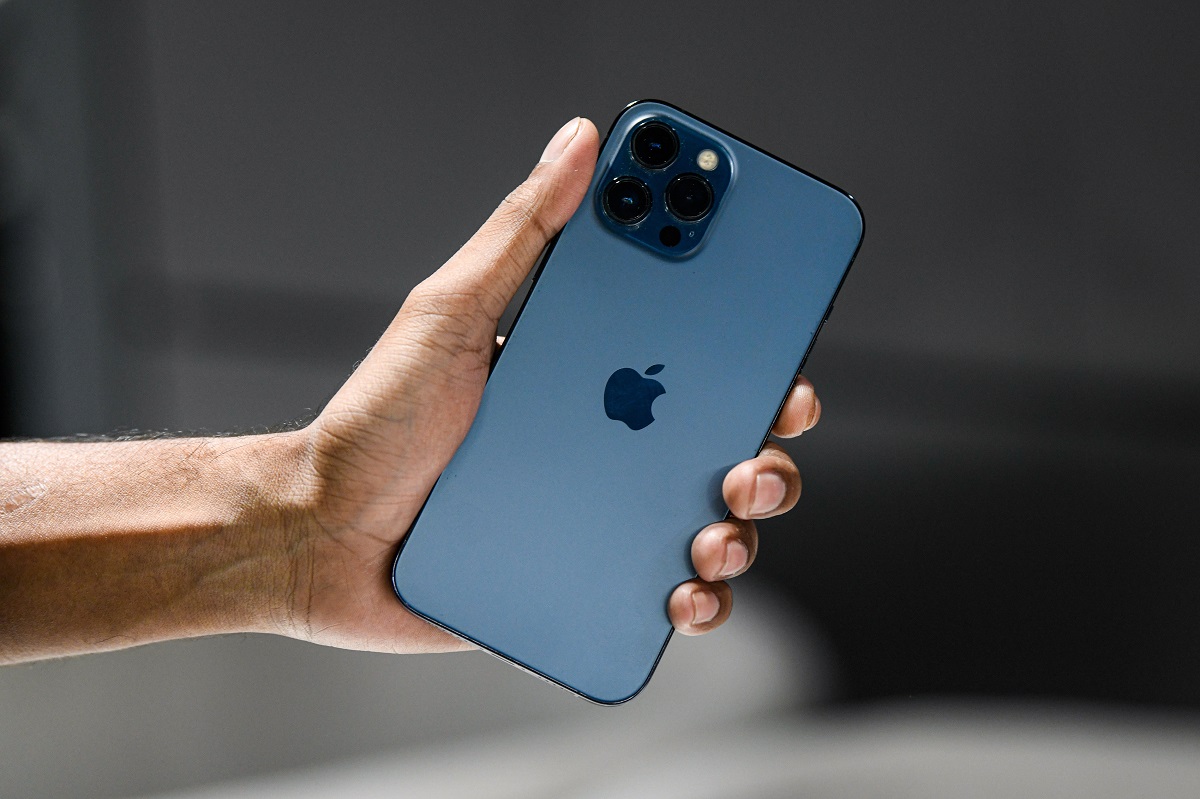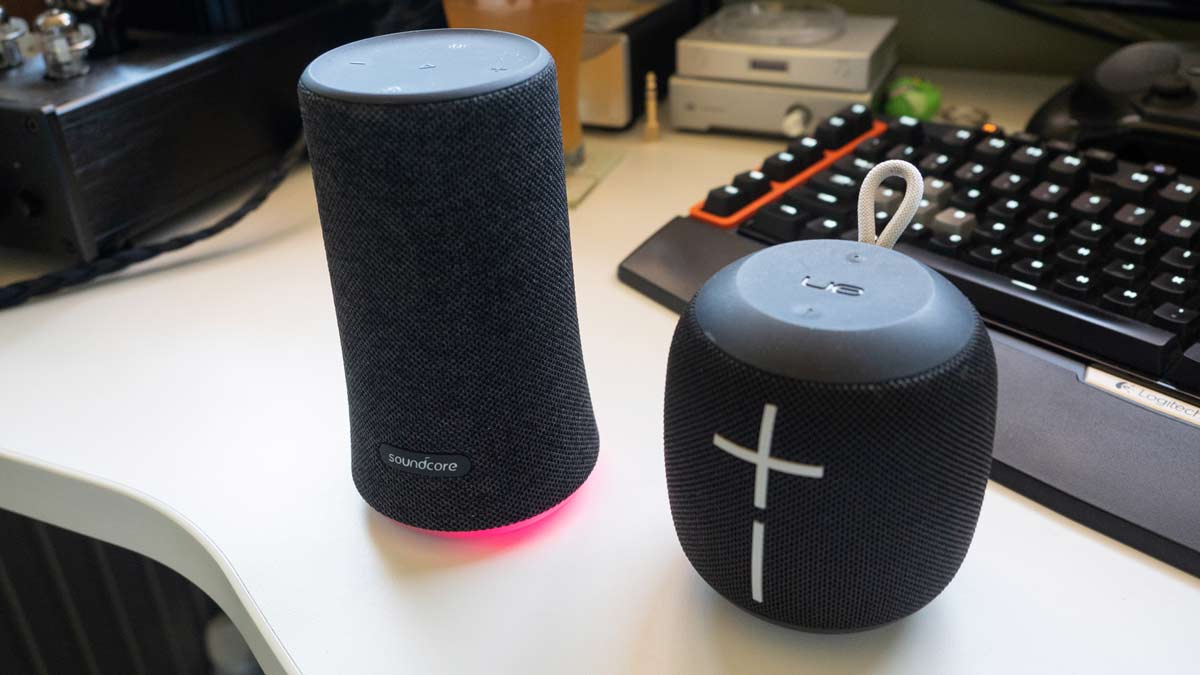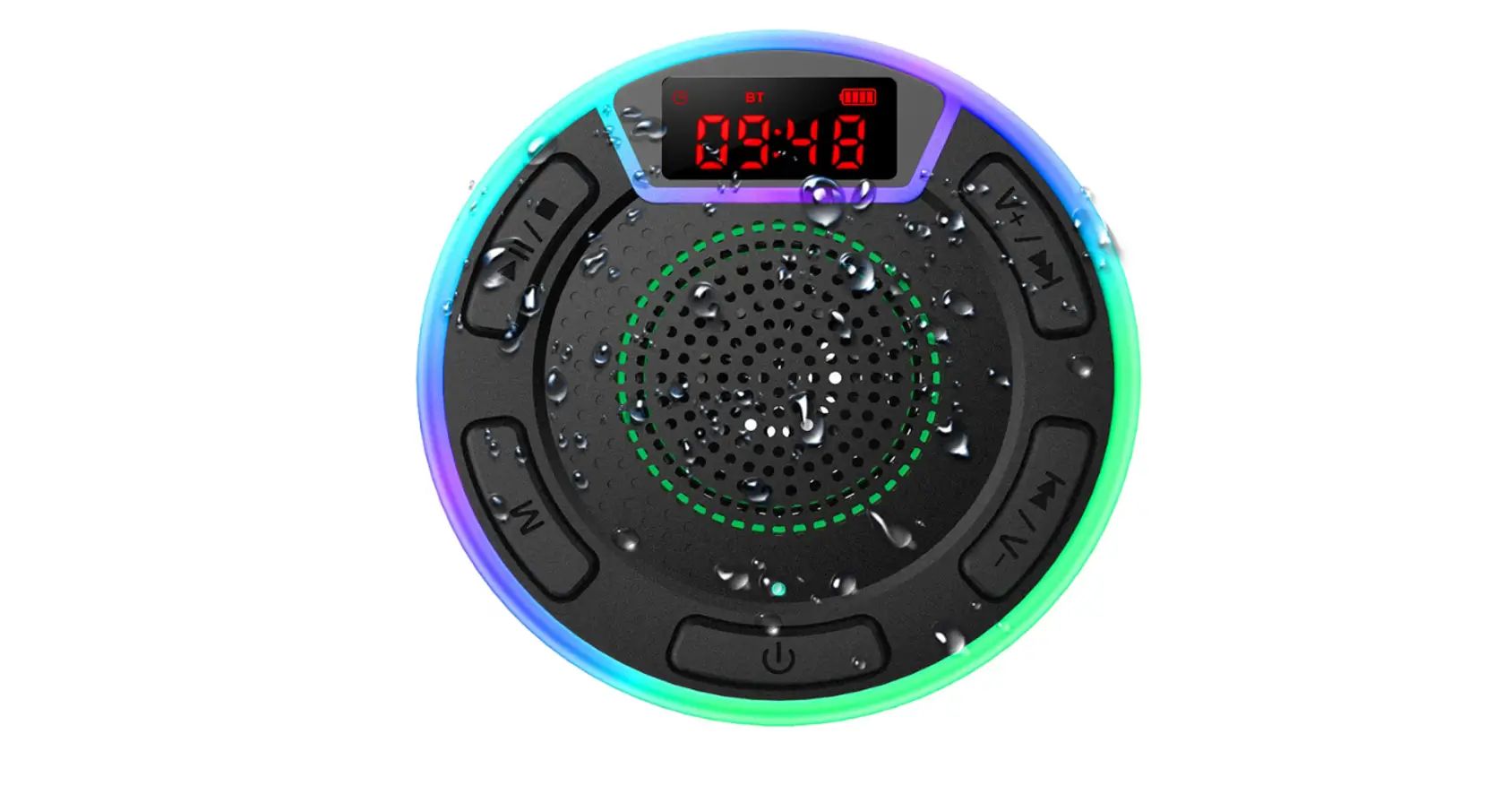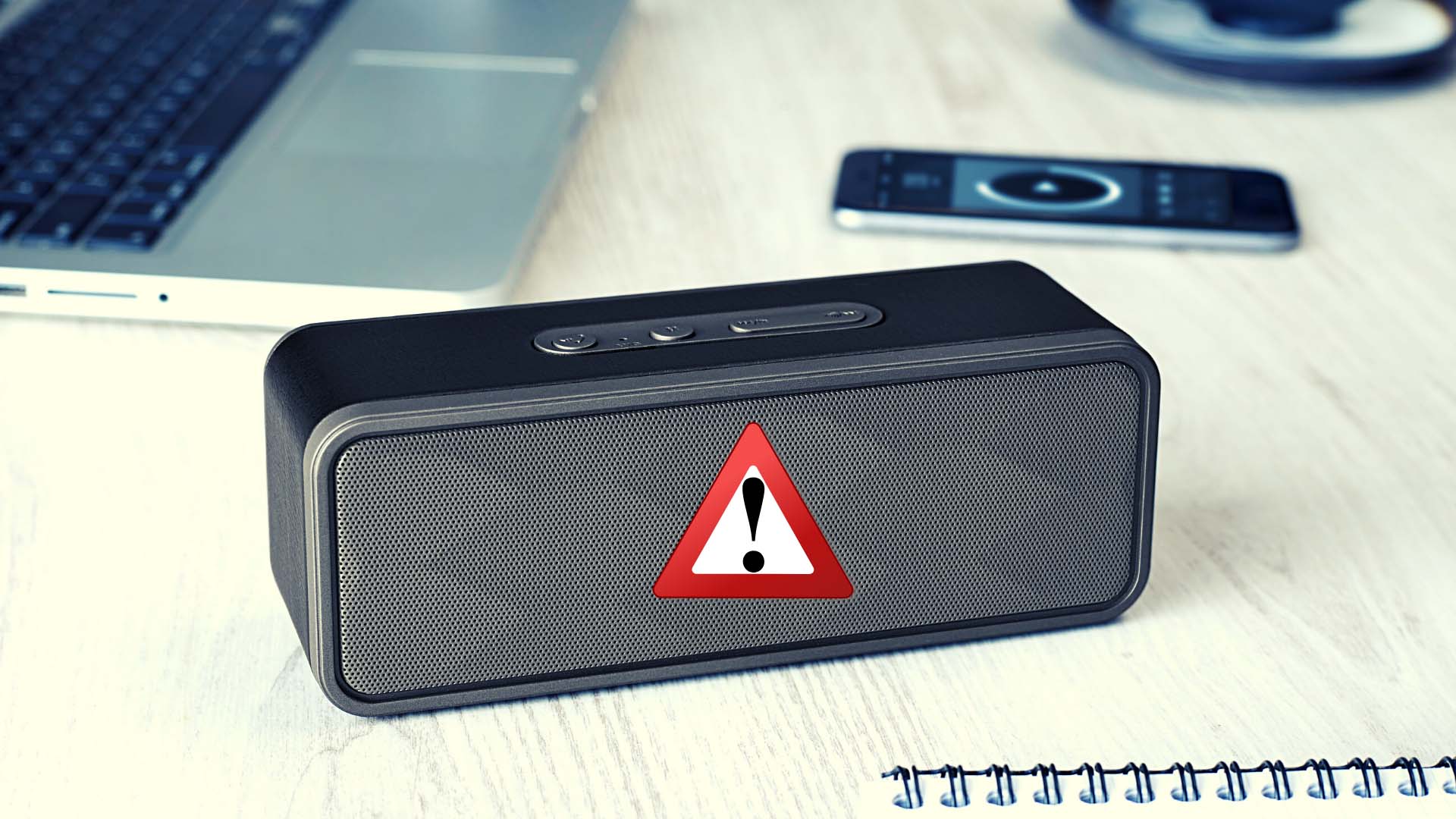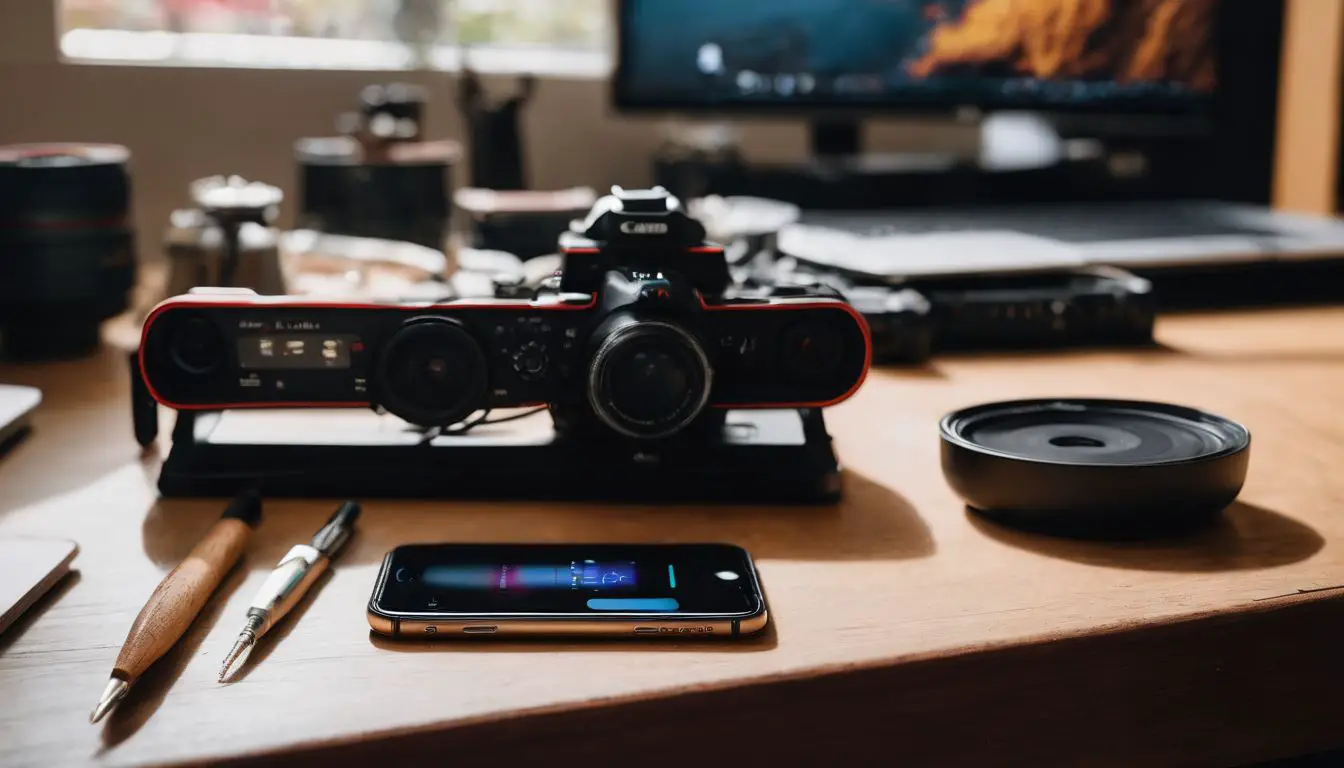Introduction
Are you experiencing issues with your phone's speaker? Whether it's muffled sound, distorted audio, or no sound at all, troubleshooting your phone's speaker can help diagnose and resolve the problem. Before seeking professional assistance, it's essential to perform some basic tests to determine the root cause of the issue.
In this quick tutorial, we'll guide you through the process of testing your phone's speaker to identify any potential problems. By following these simple steps, you can gain valuable insights into the performance of your device's speaker and potentially address any issues without the need for costly repairs or replacements.
Testing your phone's speaker doesn't require any specialized tools or technical expertise. With just a few minutes of your time, you can conduct a thorough assessment of your phone's audio output and make informed decisions about the next steps to take. Whether you're an avid music lover, a frequent caller, or simply reliant on your phone's audio capabilities, ensuring that your speaker is in optimal condition is crucial for a seamless user experience.
So, let's dive into the step-by-step process of testing your phone's speaker and uncovering any potential issues that may be affecting its performance. By the end of this tutorial, you'll be equipped with the knowledge and confidence to troubleshoot your phone's speaker and enjoy crystal-clear audio once again.
Step 1: Checking the Volume
Before delving into more intricate troubleshooting steps, start by ensuring that the volume on your phone is appropriately adjusted. It may seem obvious, but overlooking this basic setting is a common oversight that can lead to unnecessary concern about the speaker's functionality.
Begin by locating the volume buttons on your phone, typically located on the side of the device. Once you've identified the volume controls, adjust the volume to a mid-level setting. It's important to avoid setting the volume to its maximum level immediately, as this can potentially cause distortion or damage to the speaker, particularly if there are underlying issues.
After adjusting the volume, play a sample sound or music track to gauge the audio output. If the sound is barely audible even at a mid-level volume, there may be an issue with the speaker or audio settings that requires further investigation.
If the volume appears to be at an appropriate level but the sound is still unclear or distorted, it's advisable to proceed to the next step in the testing process to conduct a more comprehensive evaluation of the speaker's performance.
By ensuring that the volume is correctly set before proceeding with additional tests, you can eliminate any potential volume-related issues and focus on identifying the specific characteristics of the sound output from your phone's speaker.
Step 2: Playing a Test Sound
Once you’ve confirmed that the volume settings are appropriate, the next step in testing your phone’s speaker involves playing a test sound. This can help you assess the clarity, balance, and overall performance of the speaker in reproducing audio.
Choose a sample sound or music track that you are familiar with and that encompasses a wide range of frequencies, from low bass tones to high trebles. This will allow you to evaluate the speaker’s ability to reproduce various types of audio content accurately.
Play the selected sound at a moderate volume, ensuring that the environment is relatively quiet to facilitate clear listening. As the sound plays, pay attention to the following aspects:
- Clarity: Is the sound clear and free from distortion?
- Balance: Can you discern all the different elements of the sound, such as vocals, instruments, and bass, in a balanced manner?
- Volume consistency: Does the volume remain consistent throughout the playback, or are there fluctuations?
By actively listening to the test sound and critically evaluating these factors, you can gain valuable insights into the speaker’s performance. If you notice any inconsistencies, muffled tones, or imbalances in the audio, it may indicate underlying issues with the speaker that warrant further investigation.
Additionally, consider playing the test sound at different volume levels to determine if the issues persist across varying audio intensities. This comprehensive approach can provide a more comprehensive assessment of the speaker’s capabilities and potential limitations.
After playing the test sound and evaluating the speaker’s performance, you’ll be better equipped to identify any specific concerns or irregularities that may require attention in the subsequent testing steps.
Step 3: Testing with Different Media
Expanding the scope of your speaker test, it’s essential to assess its performance across various types of media content. Different audio sources, such as music, videos, and voice recordings, can reveal distinct characteristics of the speaker’s output and help pinpoint any specific issues that may be present.
Start by playing a music track with a dynamic range of instruments and vocals. As the music plays, pay attention to the tonal quality, instrument separation, and overall fidelity of the audio. Note any discrepancies or anomalies in the sound reproduction, such as excessive bass distortion, harsh treble, or a lack of mid-range clarity.
Next, switch to a video that incorporates dialogue, background music, and sound effects. This will allow you to evaluate the speaker’s ability to convey speech intelligibility, ambient sounds, and nuanced audio details. Listen for any inconsistencies in the audio balance, synchronization issues, or muffled speech that may indicate speaker-related concerns.
Finally, consider playing a voice recording or engaging in a phone call to assess the speaker’s performance in transmitting and receiving clear vocal communication. Pay attention to the clarity of the voice, background noise suppression, and any distortions or disruptions during the conversation.
By testing the speaker with different types of media, you can gain a comprehensive understanding of its capabilities and limitations across a diverse range of audio content. This multifaceted approach provides valuable insights into the speaker’s performance in real-world scenarios and enables you to identify any specific shortcomings that may impact your overall audio experience.
As you conduct these tests, take note of any recurring issues or inconsistencies that persist across different media types. These observations will inform the next steps in the testing process and guide your efforts in diagnosing and addressing potential speaker-related issues.
Step 4: Checking for Distortion
Distorted audio can significantly detract from the quality of your listening experience and may indicate underlying issues with your phone’s speaker. To thoroughly assess the presence of distortion, it’s important to conduct targeted tests that focus on identifying and characterizing any instances of audio degradation.
Begin by playing a sound with a consistent, steady rhythm, such as a metronome or a drumbeat. Listen closely for any signs of distortion, which may manifest as crackling, buzzing, or muddiness in the audio. Pay attention to both low and high-frequency sounds, as distortion can affect different parts of the audio spectrum in varying ways.
Next, experiment with different volume levels to determine if distortion becomes more pronounced at higher volumes. It’s common for speaker-related issues to become more apparent as the volume increases, making this an essential aspect to consider during your assessment.
If you encounter distortion during your tests, it’s advisable to explore additional factors that may contribute to the issue. For instance, consider using alternative audio sources, such as a different music app or streaming platform, to rule out software-related causes of distortion.
Furthermore, inspect the physical condition of your phone’s speaker grille and surrounding areas for any signs of debris, dust, or blockages that may impede the speaker’s performance. Accumulated dirt or foreign particles can compromise sound quality and lead to distortion, making regular cleaning and maintenance an important aspect of speaker care.
By systematically checking for distortion and investigating potential contributing factors, you can gain a comprehensive understanding of the speaker’s performance under various conditions. Identifying and documenting instances of distortion will provide valuable insights for troubleshooting and addressing any underlying issues that may be affecting the clarity and fidelity of the audio output.
Conclusion
Testing your phone’s speaker is a fundamental aspect of maintaining optimal audio performance and identifying any potential issues that may affect your overall user experience. By following the step-by-step process outlined in this tutorial, you’ve gained valuable insights into the essential techniques for evaluating your phone’s speaker and diagnosing common audio-related concerns.
From checking the volume settings and playing test sounds to assessing the speaker’s performance across different types of media and identifying instances of distortion, each step has provided a comprehensive approach to understanding and troubleshooting your phone’s speaker.
Throughout this testing process, it’s important to approach the evaluation with attentiveness and patience, actively listening for nuances in the audio output and noting any irregularities that may indicate underlying issues. By conducting these tests, you’ve taken proactive measures to ensure that your phone’s speaker is functioning optimally and delivering high-quality audio reproduction.
Whether you’ve encountered minor discrepancies in audio clarity or identified potential areas for improvement, the insights gained from testing your phone’s speaker can inform your decisions regarding maintenance, troubleshooting, or seeking professional assistance if necessary.
Remember that regular speaker maintenance, including cleaning the speaker grille and monitoring audio performance, can contribute to prolonged durability and consistent audio quality. Additionally, staying informed about the latest software updates and audio settings specific to your device can further enhance your overall audio experience.
By incorporating these testing practices into your routine device maintenance, you can ensure that your phone’s speaker continues to deliver clear, balanced, and immersive audio across a variety of media and usage scenarios. Your proactive approach to speaker testing empowers you to address potential issues promptly and enjoy uninterrupted audio enjoyment on your mobile device.







